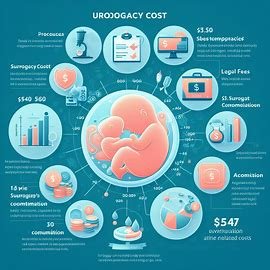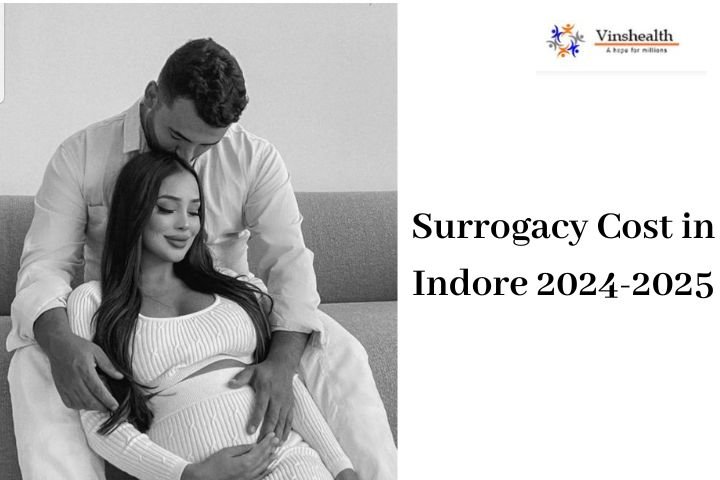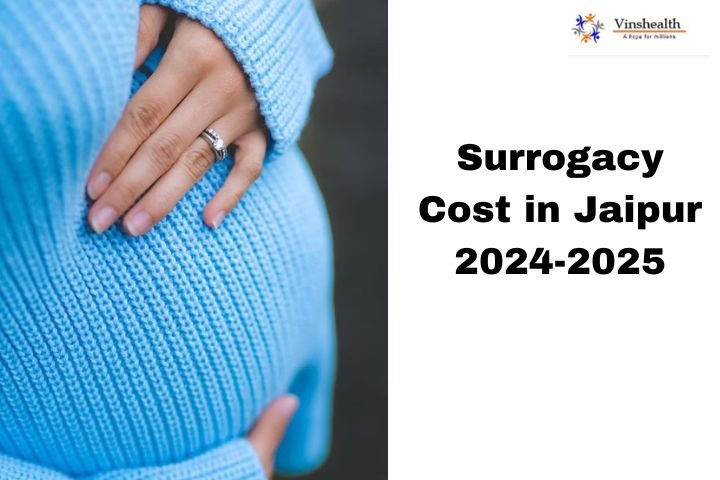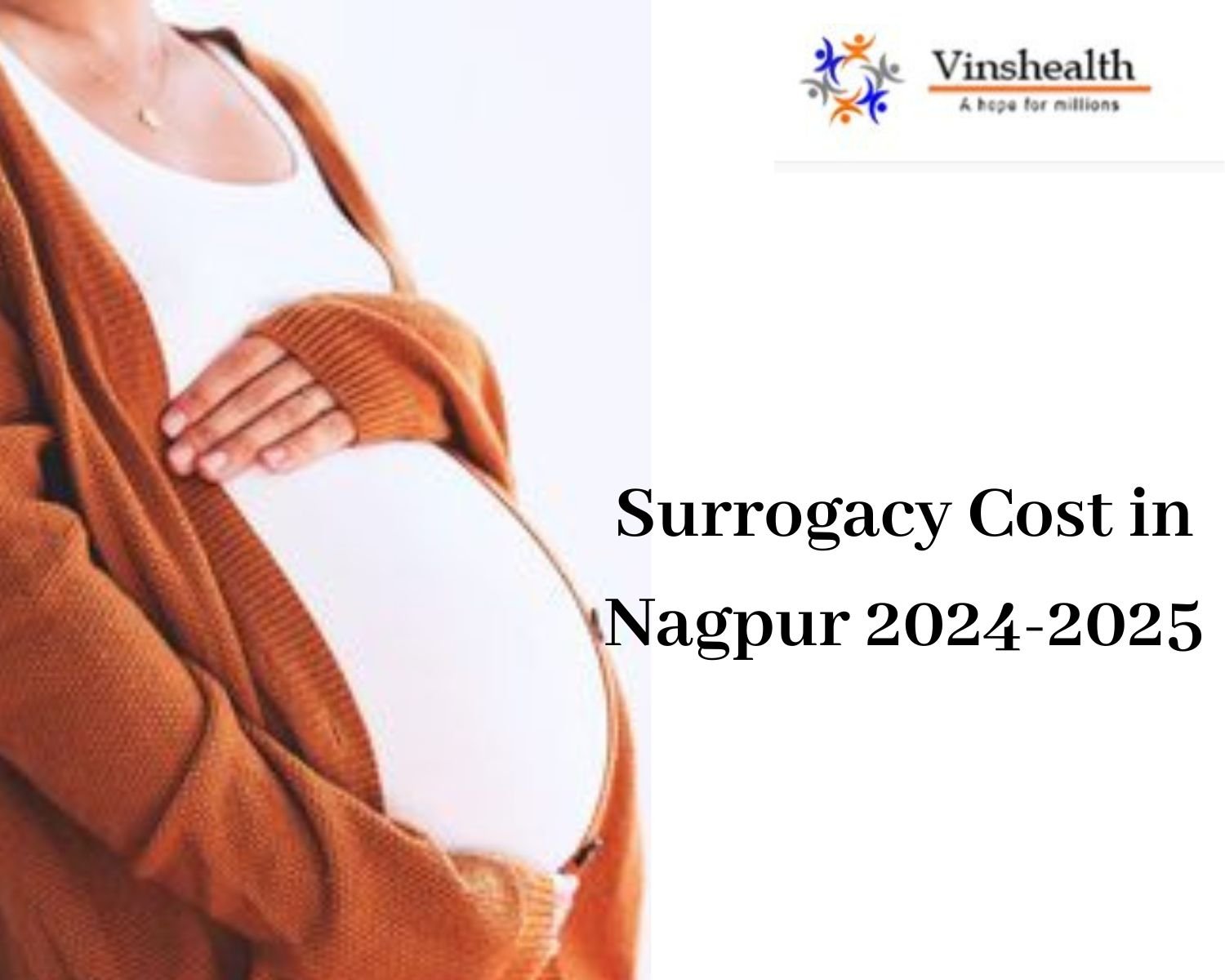Laser Scar Resurfacing: Reclaiming Smooth Skin
- 2023-08-05
- Laser Scar Resurfacing
Scars can be unsightly reminders of past injuries or skin conditions, often affecting one's self-esteem and confidence. While some scars may naturally fade over time, others might require specialized treatments to reduce their appearance significantly. Laser Scar Resurfacing is a revolutionary cosmetic procedure that offers hope to those seeking smoother, more even-toned skin. In this blog, we will delve into the intricacies of Laser Scar Resurfacing, including its treatment, procedure, benefits, causes of scars, potential risks, and the cost of the procedure in India.
Table Of Content
- What is Laser Scar Resurfacing?
- The Treatment Process
- Benefits of Laser Scar Resurfacing
- Common Causes of Scars
- Potential Risks and Complications
- Cost of Laser Scar Resurfacing in India
- Frequently Asked Questions (Laser Scar Resurfacing)
What is Laser Scar Resurfacing?
Laser Scar Resurfacing is a non-invasive or minimally invasive cosmetic procedure aimed at improving the texture and appearance of scars on the skin. It involves the use of focused laser light to remove damaged skin layers, encouraging the growth of healthier, smoother skin in its place. The procedure can effectively treat various types of scars, such as acne scars, surgical scars, and injury-related scars.
The Treatment Process
The process of Laser Scar Resurfacing typically involves the following steps:
a. Consultation: Before proceeding with the treatment, individuals should schedule a consultation with a qualified dermatologist or cosmetic surgeon. During this consultation, the doctor will assess the type and severity of the scars, as well as the patient's overall health, to determine if they are suitable candidates for the procedure.
b. Preparing for the Procedure: Prior to the treatment, the patient may be advised to avoid certain medications, skincare products, and exposure to direct sunlight to reduce the risk of complications during and after the procedure.
c. Anesthesia: Depending on the intensity of the procedure, the doctor may apply a local anesthetic or administer sedation to ensure the patient's comfort during the process.
d. Laser Resurfacing: The doctor will use a specialized laser device to remove the damaged skin layer by layer. The laser energy stimulates collagen production, which is crucial for skin regeneration. There are two main types of lasers used in this procedure: ablative and non-ablative lasers.
- Ablative Lasers: These lasers remove thin layers of skin, effectively targeting scarred tissue. Common ablative lasers include CO2 and Erbium: YAG lasers.
- Non-Ablative Lasers: These lasers work on deeper layers of the skin without causing visible damage to the surface. They promote collagen production and skin rejuvenation. Common non-ablative lasers include Nd:YAG and fractional lasers.
e. Healing and Recovery: Following the procedure, the treated area will require proper care and attention during the healing process. The patient may experience redness, swelling, and mild discomfort, but these side effects are usually temporary and manageable with the prescribed post-treatment care.
f. Multiple Sessions: Depending on the severity of the scars and the chosen laser, multiple sessions may be required to achieve the desired results. The doctor will provide a customized treatment plan tailored to the individual's needs.
Benefits of Laser Scar Resurfacing
Laser Scar Resurfacing offers several advantages for individuals seeking scar improvement:
a. Scar Reduction: The primary benefit of this procedure is scar reduction. It effectively minimizes the appearance of scars, making them less noticeable and improving overall skin texture.
b. Increased Collagen Production: The laser energy stimulates collagen production, which not only aids in scar healing but also enhances skin elasticity and firmness.
c. Precision: Laser Scar Resurfacing allows doctors to target specific areas of the skin accurately, ensuring minimal damage to surrounding tissues.
d. Minimal Downtime: Depending on the intensity of the procedure, patients may experience minimal downtime, allowing them to resume their daily activities relatively quickly.
e. Versatility: Laser Scar Resurfacing can be performed on various parts of the body, including the face, neck, chest, and hands.
Common Causes of Scars
Scars can result from a wide range of injuries, skin conditions, or surgical procedures. Some common causes of scars include:
a. Acne: Severe or untreated acne can lead to deep scars on the face, back, or chest.
b. Surgery: Incisions made during surgical procedures can leave scars, especially if the wound doesn't heal properly.
c. Accidents and Injuries: Burns, cuts, abrasions, or puncture wounds can lead to scarring.
d. Infections: Certain infections, such as chickenpox, can cause scars as the skin heals.
e. Skin Conditions: Skin conditions like psoriasis and eczema, when severe, can result in scarring.
Potential Risks and Complications
While Laser Scar Resurfacing is generally safe, there are potential risks and complications associated with the procedure. These may include:
a. Redness and Swelling: Some patients may experience temporary redness and swelling following the treatment.
b. Hyperpigmentation or Hypopigmentation: Changes in skin pigmentation are possible, but they are usually temporary.
c. Infection: Although rare, there is a slight risk of infection at the treatment site.
d. Scarring: In rare cases, Laser Scar Resurfacing may cause new scars to form, especially if post-treatment care instructions are not followed properly.
e. Skin Sensitivity: The treated area may become more sensitive to sun exposure, requiring diligent sun protection.
It is essential to discuss potential risks with the treating physician and adhere to all pre- and post-treatment care instructions to minimize the likelihood of complications.
Cost of Laser Scar Resurfacing in India
The cost of Laser Scar Resurfacing in India can vary depending on various factors, including the clinic's location, the reputation of the medical practitioner, the extent of scarring, the type of laser used, and the number of sessions required. On average, the cost of a single session of Laser Scar Resurfacing in India can range from INR 8,000 to INR 30,000. Patients should inquire about any additional fees related to anesthesia, post-treatment care, and follow-up visits.
Conclusion
Laser Scar Resurfacing is a promising solution for those seeking to improve the appearance of scars and achieve smoother, more even-toned skin. This non-invasive or minimally invasive procedure offers numerous benefits, including scar reduction, increased collagen production, and precision in targeting specific areas. While there are potential risks associated with the treatment, choosing a qualified and experienced medical practitioner, along with proper pre- and post-treatment care, can help mitigate these risks.
As with any cosmetic procedure, individuals considering Laser Scar Resurfacing should schedule a consultation with a dermatologist or cosmetic surgeon to determine their suitability for the treatment and to develop a customized treatment plan that matches their aesthetic objectives. Remember, while scars may remind us of past experiences, Laser Scar Resurfacing empowers us to redefine our appearance and embrace smoother, renewed skin.
Frequently Asked Questions (Laser Scar Resurfacing)
Q. What is Laser Scar Resurfacing?
A. Laser Scar Resurfacing is a cosmetic procedure that uses laser technology to improve the appearance of scars on the skin. It involves the controlled removal of damaged skin layers, promoting the growth of new, healthier skin in their place. The procedure can effectively treat various types of scars, including acne scars, surgical scars, and injury-related scars.
Q. Is Laser Scar Resurfacing painful?
A. The procedure is generally well-tolerated, and local anesthesia or sedation is often used to minimize discomfort during the treatment. Patients may experience some mild discomfort, but it is usually manageable.
Q. How long does each Laser Scar Resurfacing session take?
A. The duration of each session depends on the size and severity of the treated area and the type of laser used. On average, a session can last anywhere from 30 minutes to two hours.
Q. What types of scars can be treated with Laser Scar Resurfacing?
A. Laser Scar Resurfacing can effectively treat a wide range of scars, including acne scars, surgical scars, burn scars, and traumatic scars.
Q. Are there any risks or side effects associated with Laser Scar Resurfacing?
A. While Laser Scar Resurfacing is generally safe, there are potential risks and side effects, including temporary redness, swelling, changes in skin pigmentation, and rare instances of scarring or infection. These risks can be minimized by choosing a qualified and experienced medical practitioner and following proper pre- and post-treatment care.
Q. Is Laser Scar Resurfacing suitable for all skin types?
A. Advancements in laser technology have made Laser Scar Resurfacing more adaptable to various skin types. However, individuals with darker skin tones may have a higher risk of pigment changes and should consult with their doctor to determine the most suitable treatment approach.
Q. Can Laser Scar Resurfacing remove scars completely?
A. While Laser Scar Resurfacing can significantly improve the appearance of scars, complete scar removal may not always be possible. The procedure aims to minimize the scar's visibility and improve skin texture, but the final outcome varies depending on individual factors.
Q. Is Laser Scar Resurfacing covered by insurance?
A. In most cases, Laser Scar Resurfacing is considered a cosmetic procedure and is not covered by insurance. However, it is advisable to check with the insurance provider to understand their specific coverage policies.
Q. Are the results of Laser Scar Resurfacing permanent?
A. The results of Laser Scar Resurfacing can be long-lasting, but the longevity depends on various factors, such as individual skin characteristics, scar type, and lifestyle habits. To maintain the results, it is essential to follow a proper skincare regimen and protect the skin from sun exposure.
Q. Can Laser Scar Resurfacing be performed on other body parts besides the face?
A. Yes, Laser Scar Resurfacing can be performed on various body parts, including the neck, chest, back, and hands, to address scars and skin imperfections in those areas.







Thanks for the valuable information.
2023-01-05 00:00:00